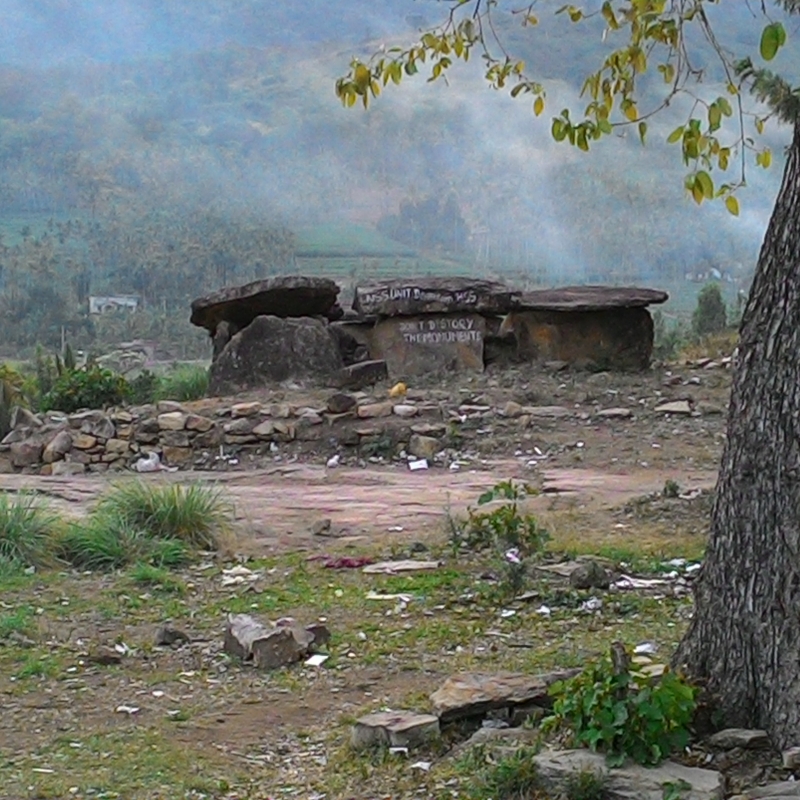Since prehistoric times, humans have attempted to come to terms with death. Around the world, a variety of monuments have been erected to commemorate death or memorialise the dead. These include spectacular constructions such as the pyramids of Egypt and the Taj Mahal in India, as well as present-day gravestones in churchyards, martyr columns and war memorials. This article introduces the reader to a set of Iron Age (c. 1000 BCE–500 CE) memorial and burial monuments from the Kerala region.
The term ‘megalith’ (mega: huge; lith: stone) is used to describe these monuments because of the use of large stone blocks in the construction. Archaeological literature from around the world uses this term to refer to a variety of monuments. Stonehenge in the United Kingdom is possibly the best-known megalith. The Stonehenge and the Megalithic Temples on the islands of Malta and Gozo are UNESCO World Heritage Sites. Megaliths belong to various periods and can be found in different parts of Europe (Figs 1 and 2), the Middle East, South Asia, and Southeast Asia. Though they are collectively referred to as megaliths, one should be wary of assumptions that seek to bracket these practices as part of a single culture or as products of diffusion. While erecting stone memorials may be a worldwide phenomenon, each of these practices is distinct, and must be understood in relation to their regional and chronological settings.
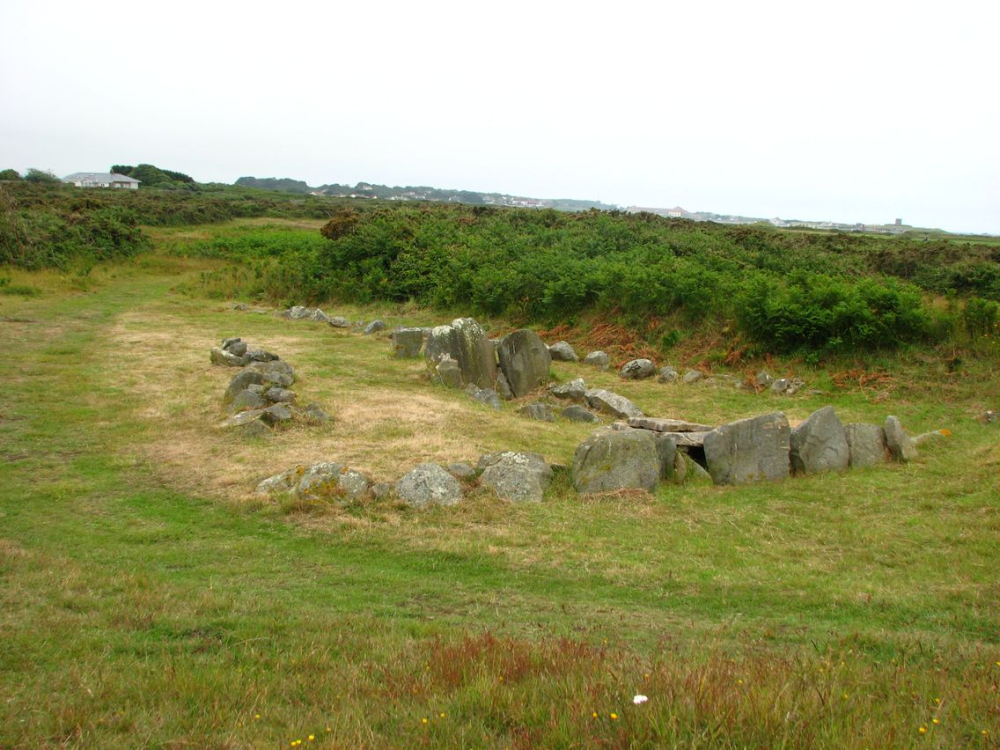
Fig. 1. Passage Grave, Guernsey Channel Islands (Photo Courtesy: Varghese, 2010)

Fig. 2. Anta da Lajinha Portugal (Photo Courtesy: Varghese, 2010)
The practice of erecting stone monuments for the dead can also be traced to the iron-using populations of peninsular India. Among the range of monuments known as megaliths, some do not have stone appendages. The use of the term in such cases is more a matter of convenient categorisation, determined by their comparability in aspects such as the associated sites and burial goods. Radiocarbon dates and other indicators show that peninsular Indian megaliths were constructed over a broad time frame from the first millennium BCE to the middle of the first millennium CE.
Types of Megaliths from the Kerala Region
The Iron Age monuments on the west coast of India can be categorised into certain major types, based on their architecture. Some of these types are found in other parts of the peninsula, and some are found only in certain areas of what is now the state of Kerala. The monuments display both over-ground and subterranean features. It is not always possible to characterise a monument as a single type because it can have different combinations of the features listed below.
Surface markers
Dolmens, cists and dolmenoid cists: A dolmen (Fig. 3) is made of granite slabs arranged above ground in a square or rectangular shape with a capstone. A cist is an architectural variant of dolmens with the difference that most of it is underground. ‘Dolmenoid cist’ is a term sometimes used to refer to a subtype of dolmens, an architectural variant that is partially buried in the ground. It is not always easy to determine whether the partial burial or exposure of a monument was intentional. Hence, the terms dolmen and dolmenoid cist are sometimes used interchangeably to denote the same monument.
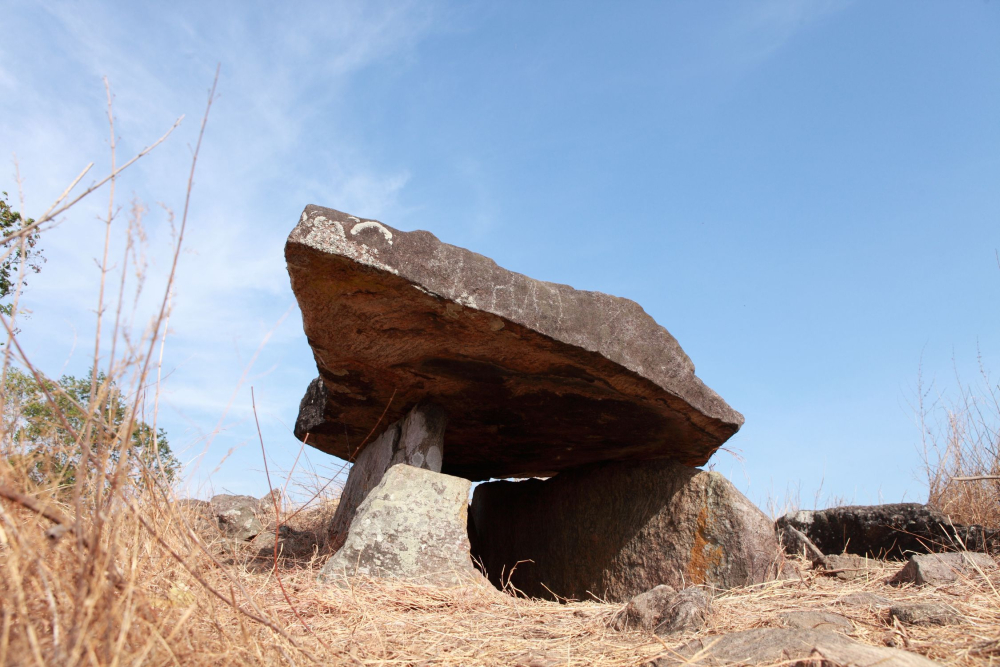
Fig. 3. Dolmen, Vellarkodu, Palakkad (Photo Courtesy: Mohamed, 2012)
Menhirs: A menhir is a monolithic slab that is usually made of granite (Fig. 4), though there are exceptions, including the menhir in Anakkara in Palakkad district of Kerala, which is made of laterite.
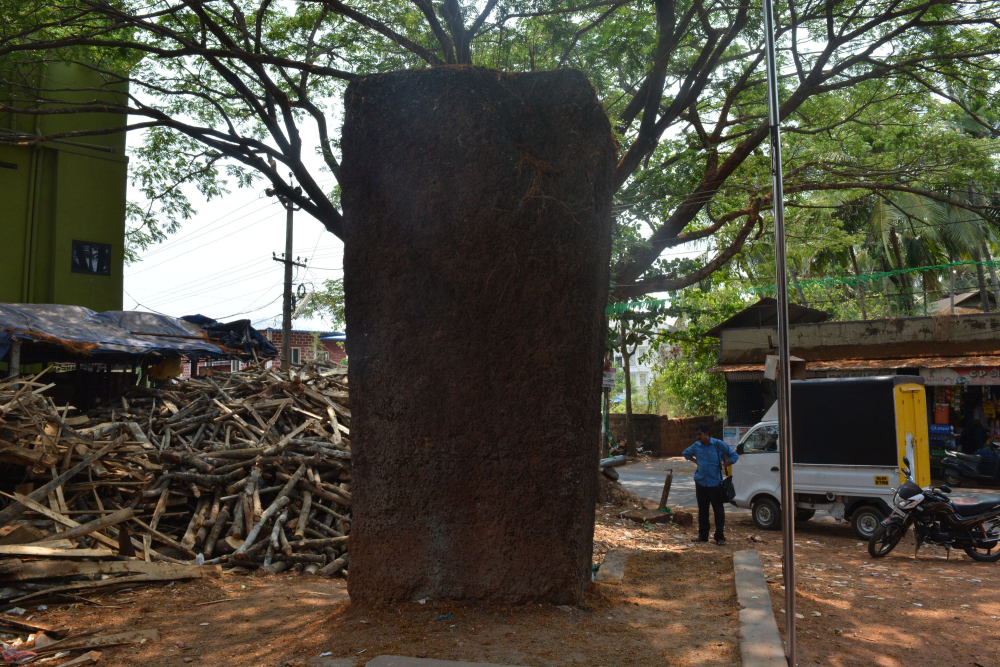
Fig. 4. Menhir, Kuthukal, Malappuram (Photo Courtesy: Damodaran, 2016)
Kudakkal: Translated as ‘umbrella stone’, a kudakkal is a laterite monument whose distribution is confined to the Kerala region (Figs 5 and 6). The monument is mushroom-shaped, with an umbrella-like stone supported by clinostats (stone blocks erected in a slanting position). Owing to their unique physical appearance, kudakkals are often used as cultural symbols in heritage- or history-based representations of the region and in tourism advertisements.
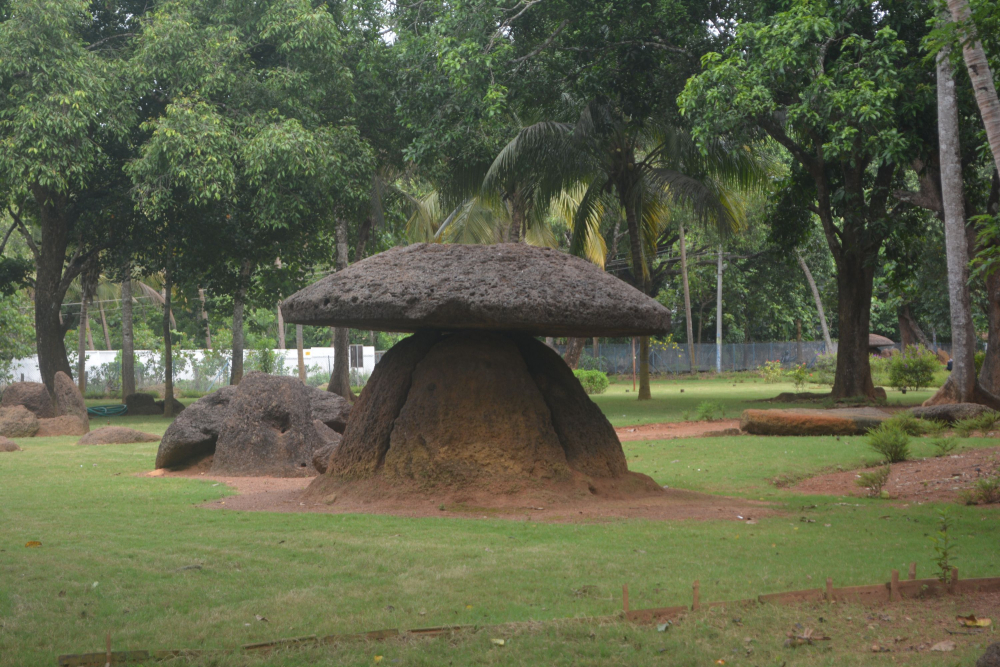
Fig. 5. Kudakkal, Cheramanangad, Thrissur (Photo Courtesy: Rajesh, 2018)

Fig. 6. Kudakkal,Thavanur, Malappuram (Photo Courtesy: Damodaran, 2010)
Topikkal: A topikkal—also known as a ‘hat stone’—is a hemispherical laterite stone that is used as a lid on a burial urn (Fig. 7). It is also unique to present-day Kerala.
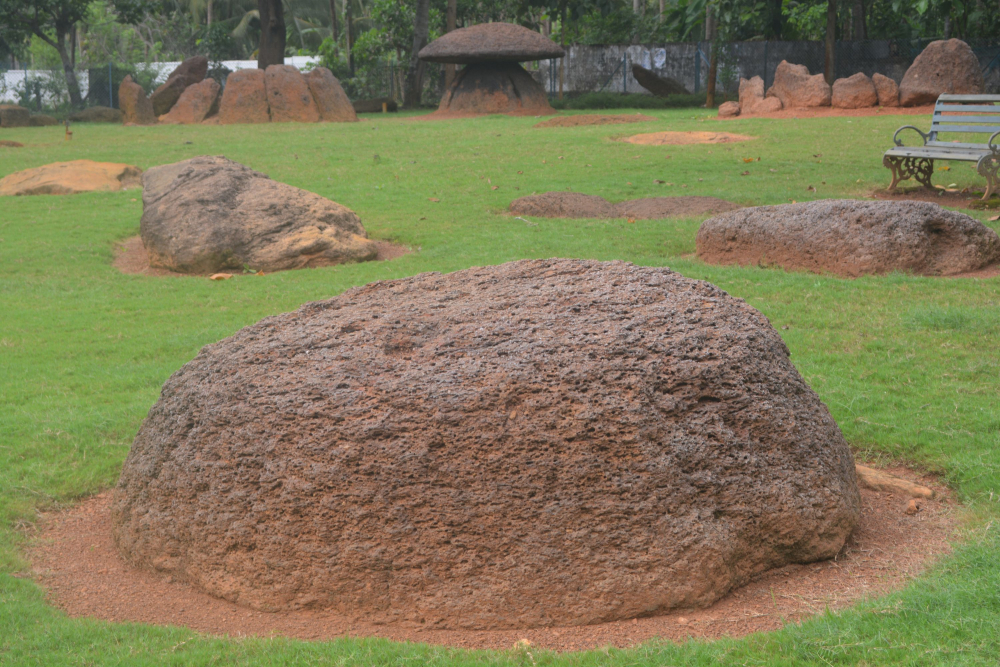
Fig. 7. Topikkal, Cheramanangad, Thrissur (Photo Courtesy: Majid, 2018)
Pathikkal: Pathi means ‘hood of a snake’. Pathikkals are unique to the Kerala region, and are dressed blocks of laterite arranged in a way that they resemble a snake’s hood (Fig. 8).
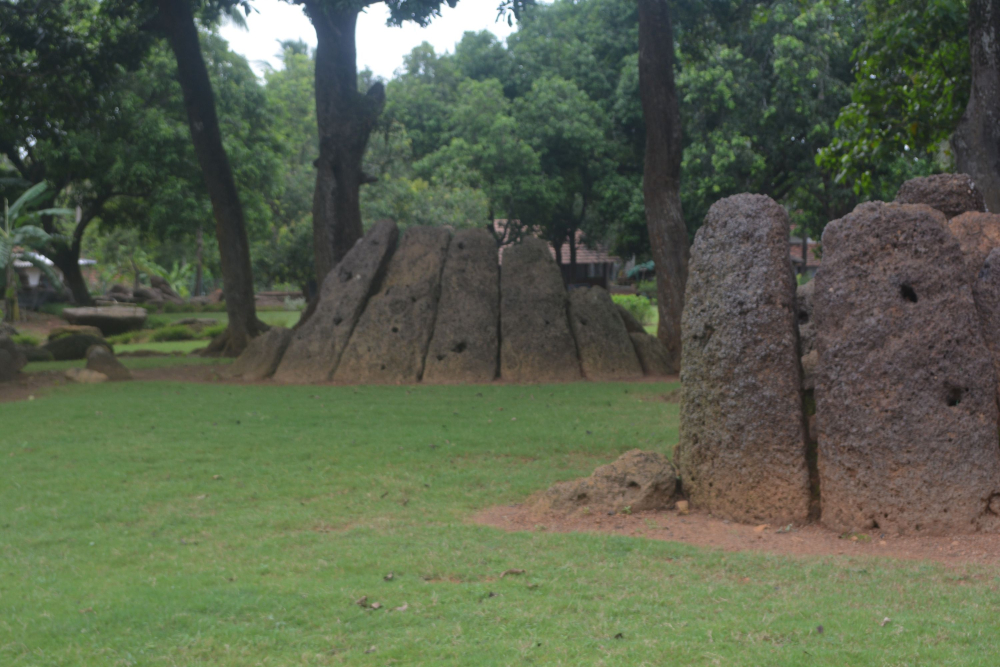
Fig. 8. Pathikkal, Cheramanangad, Thrissur (Photo Courtesy: Varghese, 2018)
Stone circle: These are circles made of dressed or undressed granite and laterite stones which mark the location of a burial site. The stones are arranged in the form of single or multiple circles (Fig. 9).
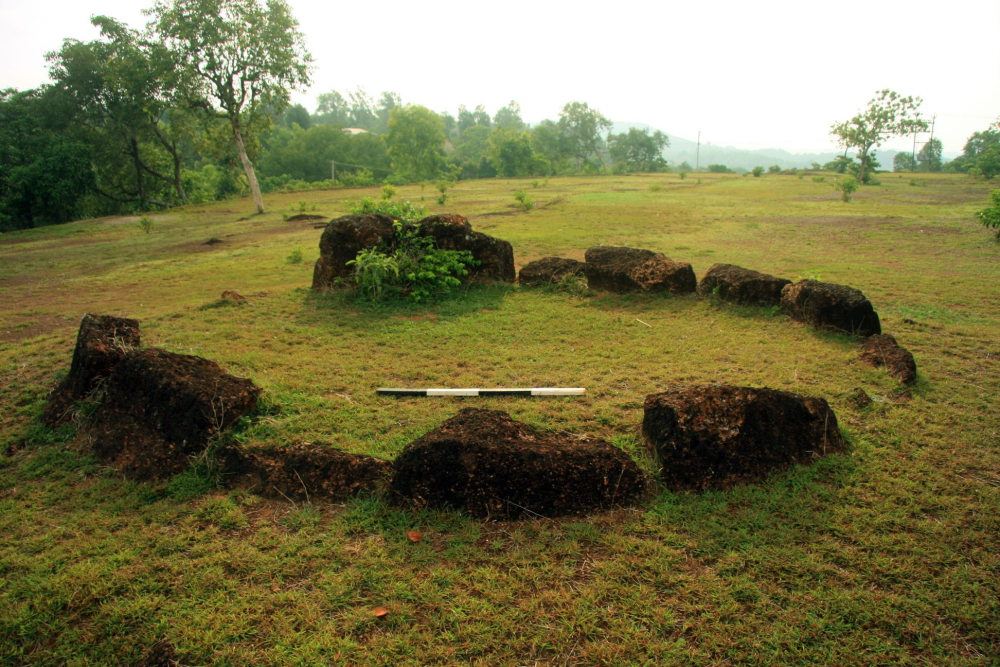
Fig. 9. Stone circle, Anakkara, Palakkad (Photo Courtesy: Mohammed, 2008)
Cairn: A cairn is a circular packing of rubble which is often associated with a stone circle marking a burial site. These are often covered by soil and vegetation so that only the mound is visible above the ground.
Subterranean features
Rock-cut caves: Rock-cut caves are unique laterite monuments found on the west coast of India (Fig. 10). These subterranean caves may have single or multiple chambers. Stone benches are sometimes carved into the sides of the monument, with burial goods placed on and under them. Some rock-cut caves have portholes (circular windows) as well.
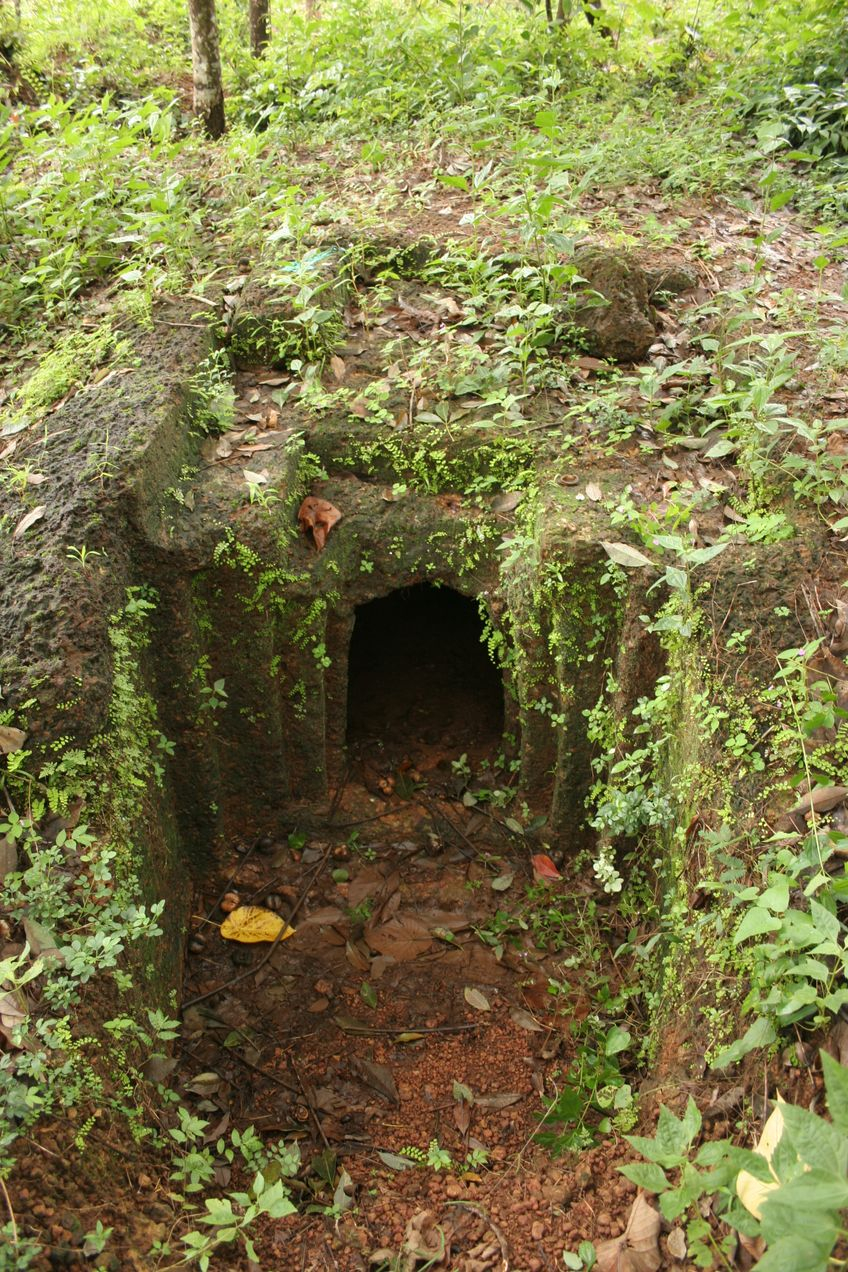
Fig. 10. Rock-cut cave, Eramam, Kannur (Photo Courtesy: Mohammed, 2006)
Urns: Urns are pyriform (pear-shaped) jars that are usually handmade and buried inside a pit, along with burial goods (Fig. 11). Various types of dressed capstones are often found associated with urns.
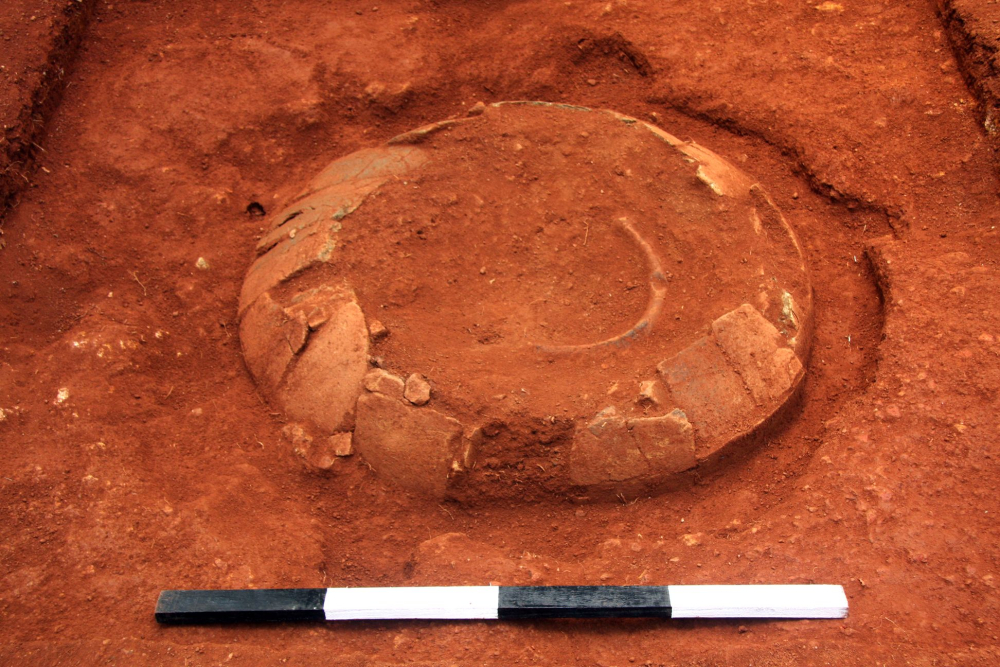
Fig. 11. Urn burial in Anakkara, Palakkad (Photo Courtesy: Mohammed, 2008)
Sarcophagus: A sarcophagus is a legged coffin made of terracotta.[i] Sarcophagi are rare in this region compared to the number and distribution of urns.
It should be noted here that kudakkal, pathikkal, and topikkal monuments as well as rock-cut caves are made of laterite. The evolution of their unique styles was determined by the building materials that were readily available in the region. Unlike granite, which is used for building dolmens, cists, etc., laterite can more easily be carved into shapes—hence the variety in the morphology of the monuments found in laterite-rich areas. Laterite bricks are still commonly used as building material in the region. Intensive quarrying of laterite in the present day has caused drastic changes in the landscape. This has resulted in the destruction of megalithic monuments in these regions and, subsequently, a loss of valuable data that would have allowed archaeologists to understand the landscape associations of early humans.
Burial goods
How do we know what these monuments were intended for? Apart from the structural elements discussed above, there have been other associated findings that have helped us make sense of the intended purpose of the monuments. A number of such sites across the peninsula have yielded human remains—charred and fragmented parts of skulls and radius, femur, and ulna bones have been reported from the rock-cut caves of Machad and Pazhayannur.[ii] The urn burial at Porkalam yielded badly crushed bone fragments, as have sites such as Anakkara in Palakkad district.[iii] The presence of ash, charcoal remains, and charred fragments suggest the practice of cremation. The megalithic burials found in the Kerala region are mostly secondary in nature. Whole skeletons have not been found from burials. The available evidence does not indicate that the practice of direct burial of bodies, as is the custom among present-day Christians or Muslims. This may not, however, mean that direct burial of bodies was completely absent. Tamil Sangam literature makes references to primary burials, indicating that the practice may have existed at that time. From the evidence, we may conclude that burials in the Kerala region were generally either fractional (not a direct burial of bodies) or of the post-cremation type. In some cases, neither ashes nor fragmentary bones have been found with the megalith, suggesting that they were intended as memorials rather than burial structures. Monuments that did yield bone fragments have been found in close proximity to others that did not. This suggests that the same community may have had multiple types of death and burial practices.
We saw from the above discussion that many of the monuments have both above-ground and subterranean features. Often, the subterranean features of the megaliths are more elaborate than those above ground. The rock-cut cave at Anakkara (Fig. 12), for instance, was found inside a circle of dressed laterite slabs (Fig. 10), and had a flight of steps leading to a courtyard, from which entrances led to three separate chambers. Invisible to the living, it can be assumed that such features were intended for the dead or performed a symbolic function in the community, which was aware of their existence. The elaborate nature of the structures may indicate an affection for the deceased, their status, or of belief systems associated with the dead. In the same vein, different types of grave goods are associated with the burials—a practice not, of course, unique to megaliths. The richness of the burial goods associated with the pyramids of Egypt has inspired the public imagination, leading to popular myths, stories and films. Many of the burial sites found in the Indus Valley area were rich in grave goods such as ceramic vessels and ornaments.[iv]
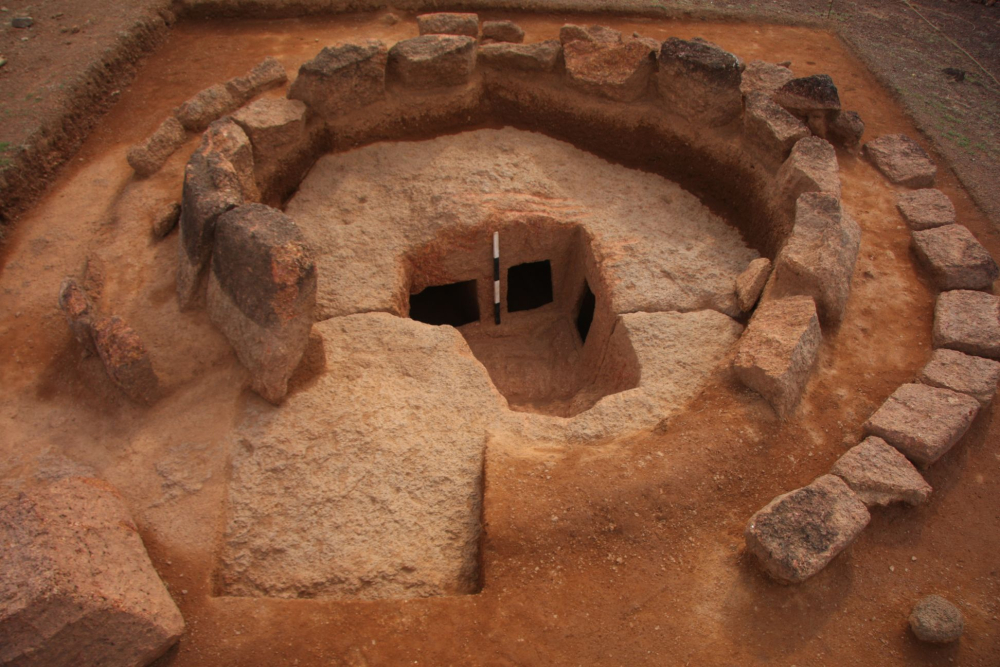
Fig. 12. Rock-cut cave, Anakkara, Palakkad (Photo Courtesy: Mohammed, 2008)
Burial goods are commonly found in association with megalithic monuments. The major classes of artefacts found at burial sites in the Kerala region include ceramic vessels, iron implements and beads. There have only been a few systematic and comparative studies on the types of ceramics associated with megaliths. Available data show that the major types are common across the peninsula. These include Black Ware (Fig. 13), Red Ware (Fig. 14), Black and Red Ware (BRW; Fig. 15), and Russet Coated Painted Ware (RCPW; Fig. 16). Each type of vessel is named based on the firing technique used and the surface treatment. The vessels are found in many different forms. Some common shapes are bowls, dishes, vases, lids, tulip-shaped vases and ring stands.[v] Archaeologists who specialise in the study of ceramic vessels look at different aspects, such as their fabric, firing, morphological variability and usage. Ceramics can also be indicators of chronology.
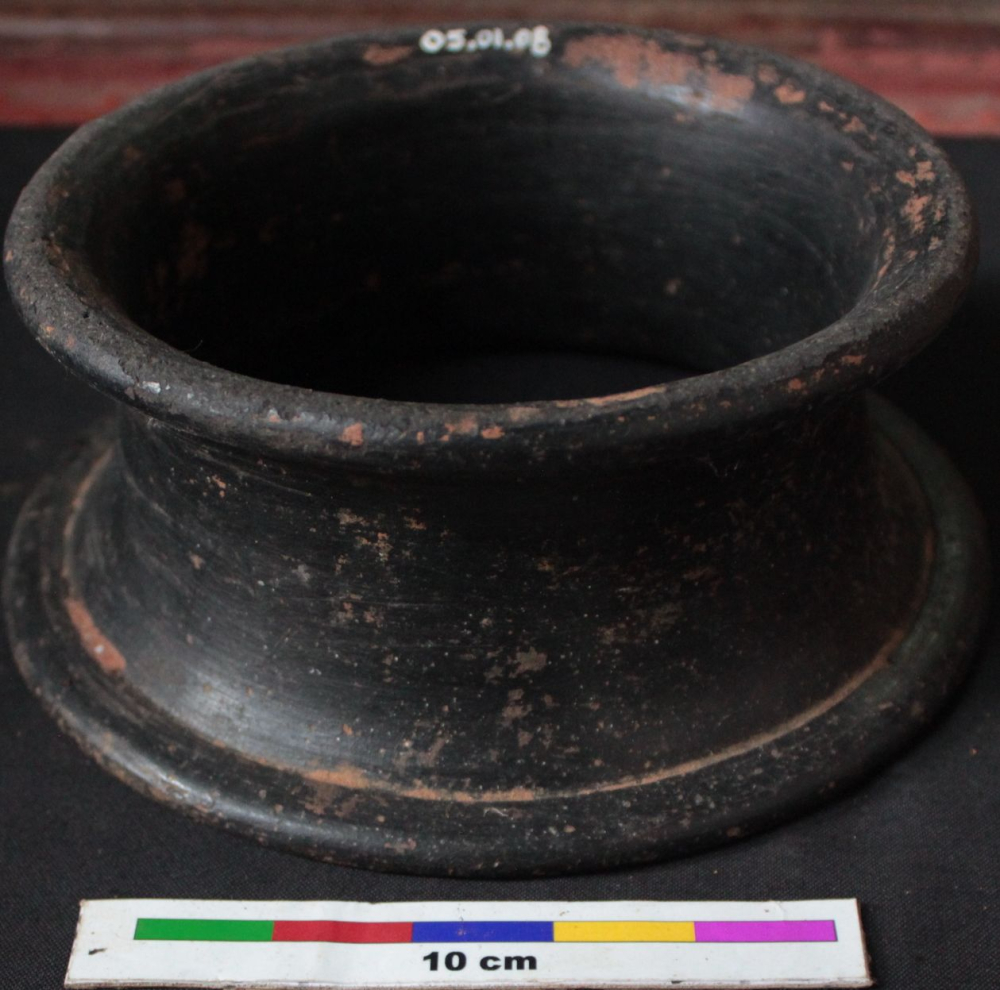
Fig. 13. Black Slip Ware, Ambalamed, Musuem of the School of Social Sciences, M.G. University, Idukki (Photo Courtesy: Jaseera CM, 2017)
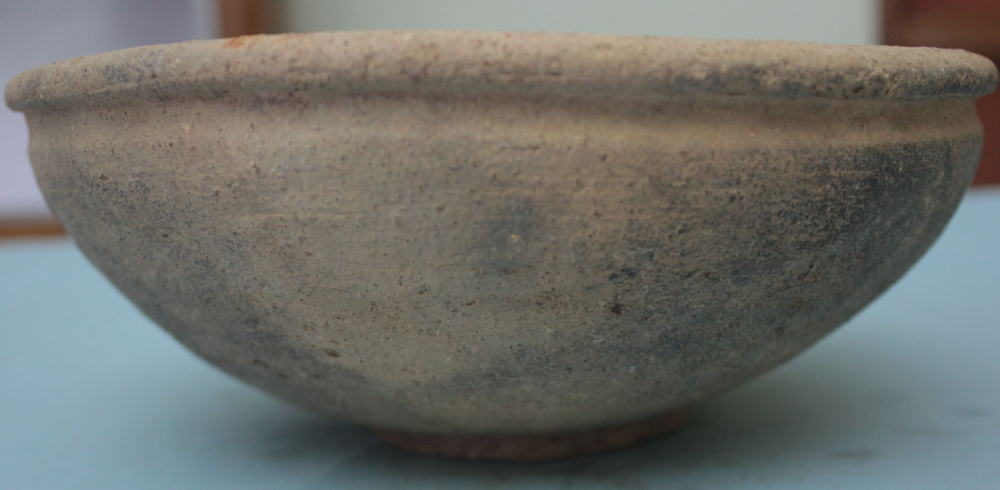
Fig. 14. Red Ware, Cheramangad, ASI museum of the Thrissur circle (Photo Courtesy: Jaseera CM, 2017)
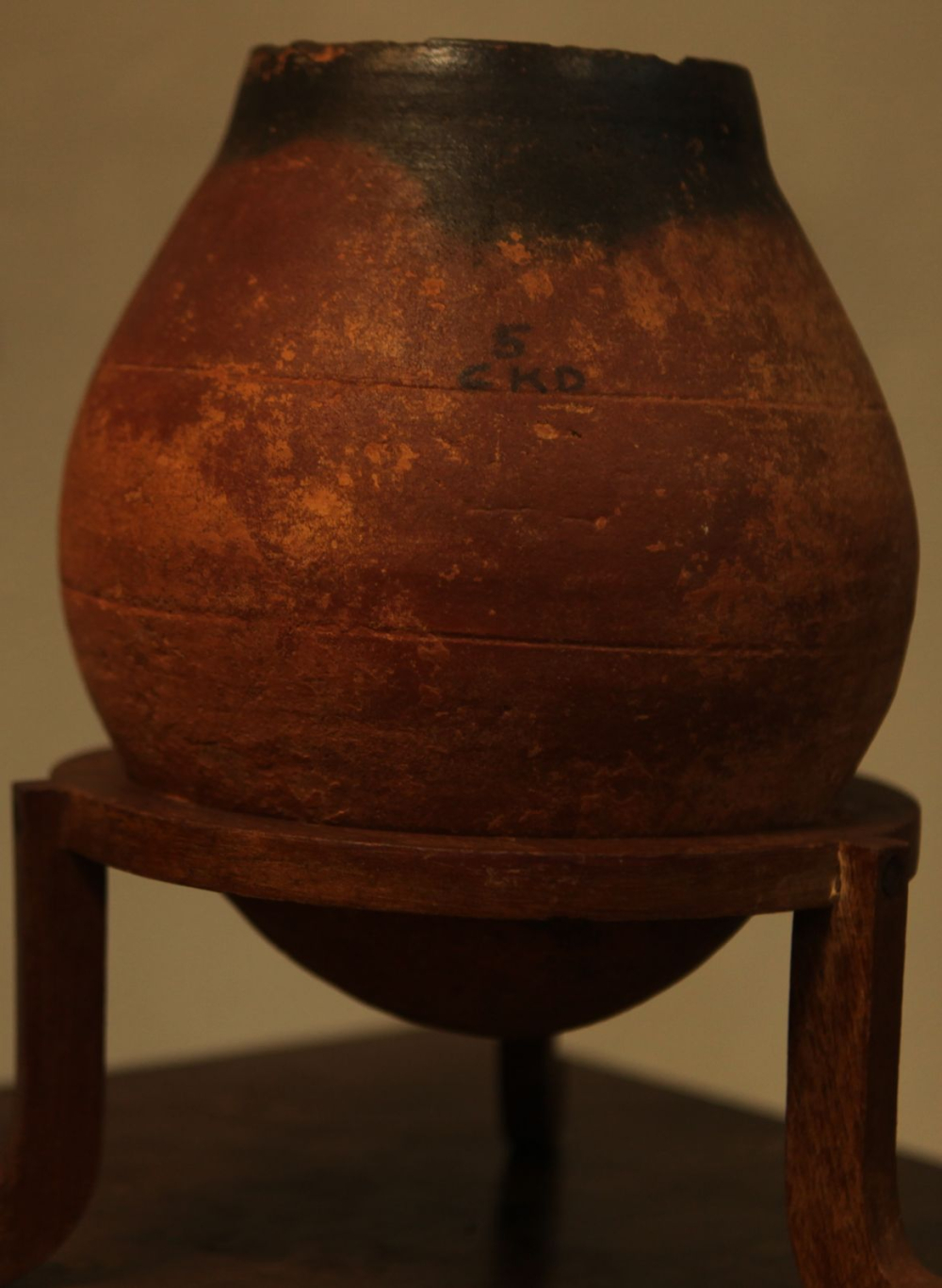
Fig. 15. Black and Red Ware, Chekkad, Shaktan Tampuran Museum, Thrissur (Photo Courtesy: Jaseera CM, 2018)
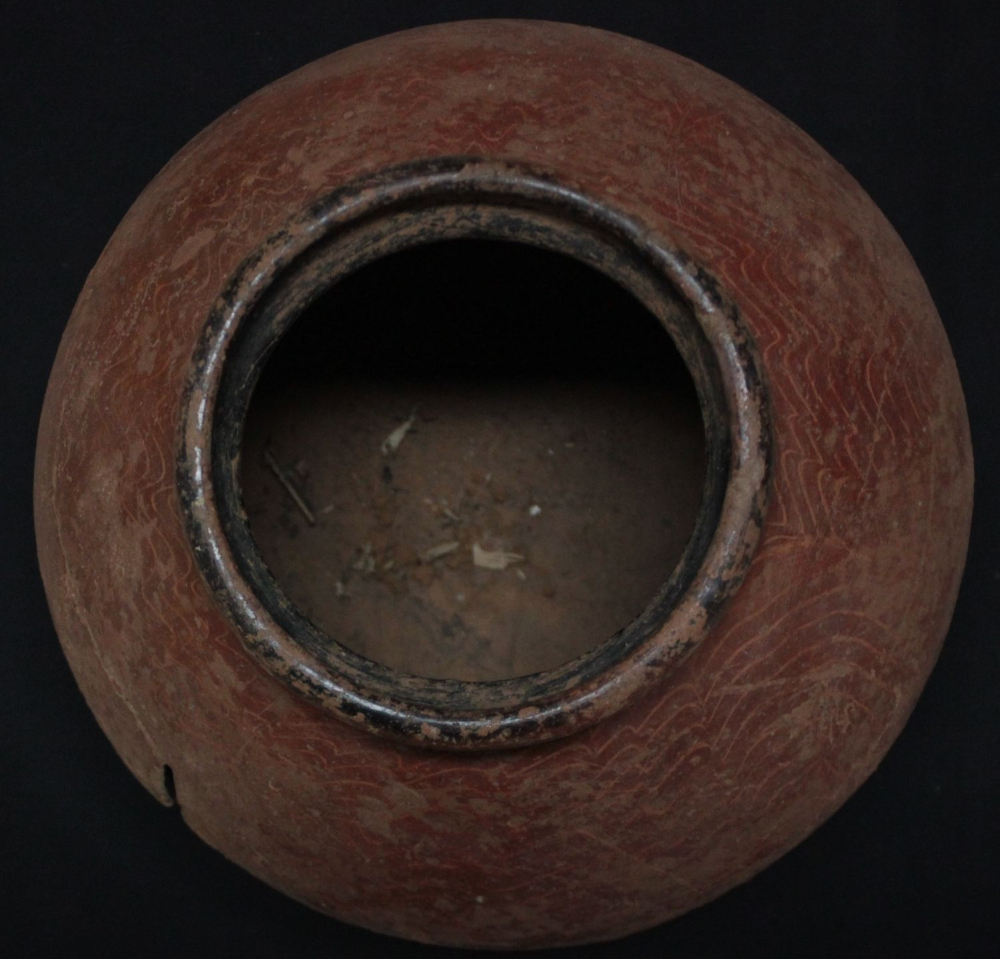
Fig. 16. Russet Coated Painted Ware, Ambalamedu, Musuem of the School of Social Sciences, M.G. University, Idukki (Photo Courtesy: Jaseera CM, 2017)
As mentioned earlier, the megaliths of Kerala are associated with the advent of iron in the region. Different types of iron implements have been found placed as burial goods within the megaliths (Fig. 17).
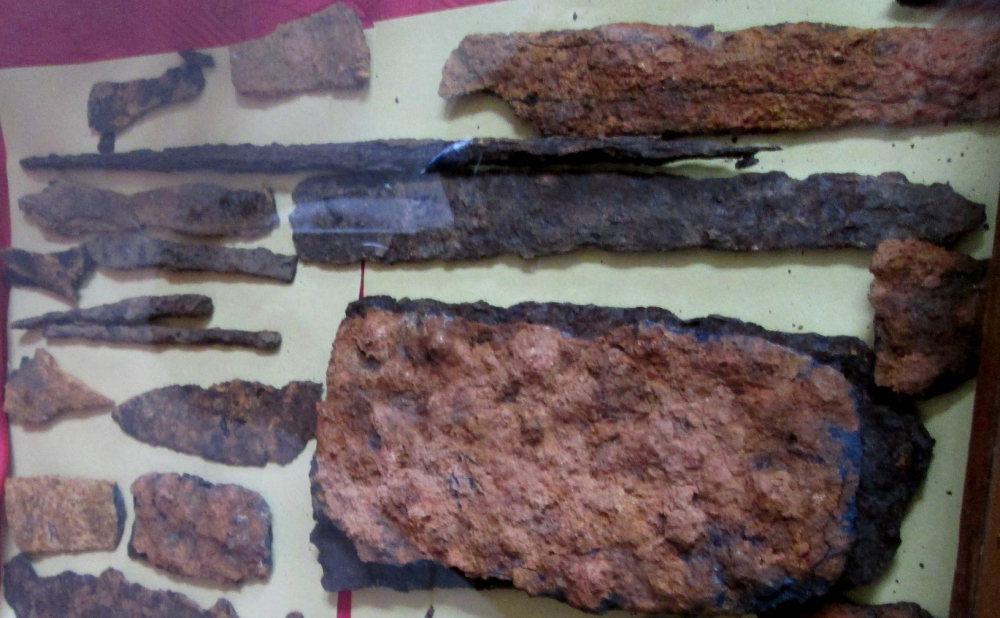
Fig. 17. Iron implements, Musuem of the Department of History, U.C.College, Aluva (Photo Courtesy: Jaseera CM, 2013)
These include daggers, swords, axes, nails, sickles, agricultural implements and objects of indeterminate use. The rock-cut cave at Porkalam, for example, has yielded a sickle and nails. Ploughshares, a miniature model of a plough, a pair of bulls and a yoke made of iron were retrieved from a burial site at Angamali in the Aluva taluk of Ernakulam district.[vi] The rock-cut cave in Anakkara, in Palakkad district, has yielded, among other implements, an intact sword and tripod, and daggers made of iron. Physical and chemical analyses of these objects point to highly evolved techniques of extraction and production. Both moulding and welding of sheets were employed in their manufacturing. However, it is not possible to determine whether the tools were in use before interment or whether they were made specifically for the burial. But, by studying such tools, it is possible to make informed assumptions about the occupational choices and technological know-how of these communities.
Another important category of findings associated with megalithic monuments is beads (Fig. 18). While they could have been part of ornaments, they are usually found loose, possibly because they were strung together using perishable materials.
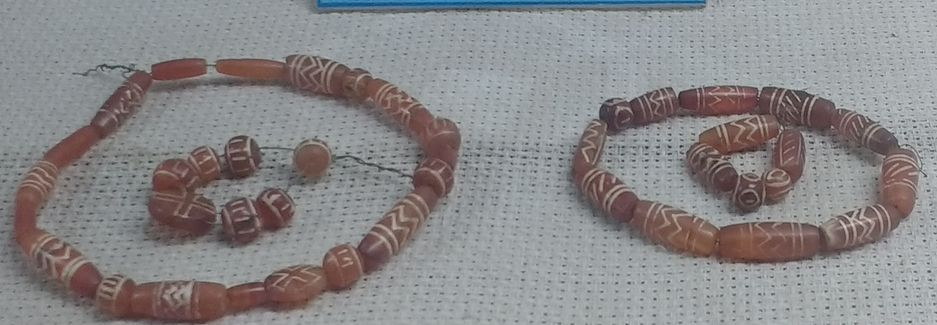
Fig. 18. Carnelian beads, Shakthan Tampuran Museum, Thrissur (Photo Courtesy: Jaseera CM, 2018)
Burial sites with beads as an associated finding are distributed across the state of Kerala. Beads are major indicators of prehistoric or early historic systems of contact and exchange. Many of the beads found were made of raw materials of non-local origin and must have been transported across long distances. Beads figure prominently in the maritime exchange networks of the period. Among the beads recovered from megaliths in Kerala, carnelian is the most common. Many carnelian beads are of the etched variety, i.e., they have designs—mostly simple geometric patterns—etched in white. Other varieties include quartz, agate, feldspar, crystal, terracotta and jasper. The nearest source of carnelian is in western India, in an area corresponding to the present-day state of Gujarat. Being a coastal state, it is possible that the raw material for beads, or the finished beads themselves, were transported via sea route. Agate must also have been brought from a long distance away, as there are no known sources of this semi-precious stone in South India. Veins of quartz have been found in different parts of Kerala, as are quartz boulders, cobbles, pebbles and gravel. There are a few sites where there is evidence of bead manufacturing. One is the port site of Pattanam in Ernakulam district of Kerala. Though no megalithic burial sites have been found in Pattanam, there are other comparable ceramics that indicate that the antiquity of the site goes back to the period when the practice of raising megalithic monuments was still prevalent. Another site with evidence of bead manufacturing is the megalithic habitation-cum-burial site of Kodumanal in Coimbatore district of Tamil Nadu.[vii]. Both these sites functioned within the maritime and inland exchange networks of the period. It is possible that some beads found at burial sites in this region were manufactured here. As bead manufacturing is not labour-intensive, it is also possible that there were many local sites of manufacturing. In any case, the non-local raw materials would have reached these sites from their places of origin through the well-established routes of exchange that existed in the region.
Monuments and people
Colonial documentation on the megaliths of South India dates back to the early 19th century CE. They form the first corpus of published literature on prehistoric remains found in South India. Prior to that, as can be observed from these writings, burials were part of the everyday life of the local populace, who followed various death rituals and traditions. Before addressing this aspect, we will look briefly at academic studies on the megaliths in the region. The first published report on the excavation of a megalithic burial site in India was by J. Babington (1823). It describes his excavations at Chataparamba, in Kozhikode district of Kerala. Towards the end of the 19th century, a number of studies surfaced as short articles in journals published by the Royal Anthropological Institute of Great Britain and Ireland. Many of them are primarily descriptive in nature and focus on comparisons between sites and artefacts. A number of descriptive accounts of megaliths can be found in early 20th-century issues of the Annual Report of the Archaeological Department, Southern Circle. Anujan Achan, who was in-charge of the Cochin State Department of Archaeology (1927–1949) and the joint department of archaeology formed by the union of the state departments of archaeology of Cochin and Travancore in 1949, played an instrumental role in the protection of megalithic monuments in the state. The Archaeological Survey of India (ASI) has reported on a number of Kerala’s megalithic sites in the post-Independence period. These reports were included in several annual reviews of the ASI—Indian Archaeology: A Review. The majority of reports mention only the location and type of monument, though some of them go on to describe its morphology.
Among the sites, some were accidental finds, encountered during mining or construction activities, and some others were found during explorations conducted by the Department of Archaeology. The ASI has also excavated a few megalithic sites, including the multiple-monument site of Cheramanganad in Thrissur district, Kadanad village in Kottayam district and Ummichipoyil in Kasaragod district. In addition, there are some megalithic sites protected by the Thrissur Circle of the ASI.[viii] Apart from these ASI excavations, there have been a few other excavations of megalithic monuments. The excavation of the urn burial site of Porkalam was undertaken by B.K. Thapar in collaboration with Anujan Achan in 1948.[ix] Porkalam is a multiple-monument site located in the Talapilly taluk, Thrissur district. The sites of Machad and Pazhayannur, in the Talapilly taluk, were excavated by K.M. George as part of his doctoral research (1975), and the report was published by the Department of Archaeology, M.S. University, Baroda.[x] George identified 41 new megalithic sites in the course of his research.[xi] The megalithic site of Mangadu in Kollam district was excavated by Sathyamurthy (1992), and its report was published the same year. The School of Social Sciences, Mahatma Gandhi University, excavated four monuments in Anakkara in Palakkad district over two seasons in 2008 and 2009. A cist burial at Niramakulam in Pathanamthitta was excavated as part of the Ph.D project of C.S. Ambily from the Department of Archaeology, University of Kerala.[xii] Between 2011–12, the Society for Archaeological Research and Cultural Heritage, Kerala, and Deccan College Institute of Archaeology, Pune, conducted excavations at Marayur in Idukki district, and a dolmen was discovered.[xiii]
While excavations are an integral part of archaeological knowledge generation, they are not the only means to further our understanding of archaeological remains. Being a destructive process, conducting excavations is recommended only when there is adequate time and the means to record the process in its entirety, and to pay attention to micro-level details. Apart from the excavations discussed above, there have been a few other studies on the megaliths of the Kerala region. These have been descriptive accounts, large-scale explorations, surface surveys, examinations of archaeological remains in relation to their landscapes, and close analyses of particular artefact classes.[xiv]
The results of archaeological studies are disseminated to some degree through newspaper reports, information boards at protected sites, academic publications and websites. There are some works that have attempted to present a popular and accessible narrative based on such information. One such work in Malayalam on the megaliths of Kerala is K.P. Rajesh’s (2014) short monograph, Mutumakkathazhi, which targets children. People encounter archaeological remains as part of their landscapes; they sometimes also encounter them accidentally while digging. People engage with the remains in a variety of ways, which may or may not be informed by the knowledge produced by archaeologists. Often, archaeologists make use of such popular notions prevalent in an area to uncover the existence of archaeological sites.
Monuments display architectural variations and are often found in combinations of two or more types. Owing to this architectural variability, they are seldom understood among the general population as part of a single culture. The earliest references to the South Indian megalithic tradition can be found in the early corpus of Tamil poetry, Sangam literature. Some of these texts may refer to the period when the practice of erecting megaliths was still prevalent. There are passing references, including in colonial writings, to how burial remains were perceived. Babington[xv] mentions the prevailing belief that the monuments were the work of the Pandavas (the heroes of the epic Mahabharata) or of celestial beings. He also mentions the prevalence of a legend that the monuments had been the abode of old people who, in the past, had become so small in size as they aged that they had been unfit to live in the outside world. Hence, these old people lived inside these monuments along with the implements they used in real life. Another prevalent myth was that the micaceous sand used in the pottery found at burial sites had been pure gold that had turned into sand when seen by human eyes.[xvi] The monuments have local names that are recognised regionally or across the linguistic area. For instance, rock-cut caves and dolmens are often called muniyaras, which literally means, ‘abode of a sage’. Again, the term nannangadi refers to urn burials. The names for different monument types (kudakkal, topikkal, and pathikkal) can now be found in academic texts.
There have been instances of slabs from megaliths being reused in construction, and in one recent instance, a megalith stone was being used for washing clothes in Ernakulam district. Again in some cases, an ancient monument has assumed significance in the sacred landscape of a contemporary population. For example, the Kannimara Shrine in Marayur, which is now a place of worship, is a reused dolmen (Fig. 19).
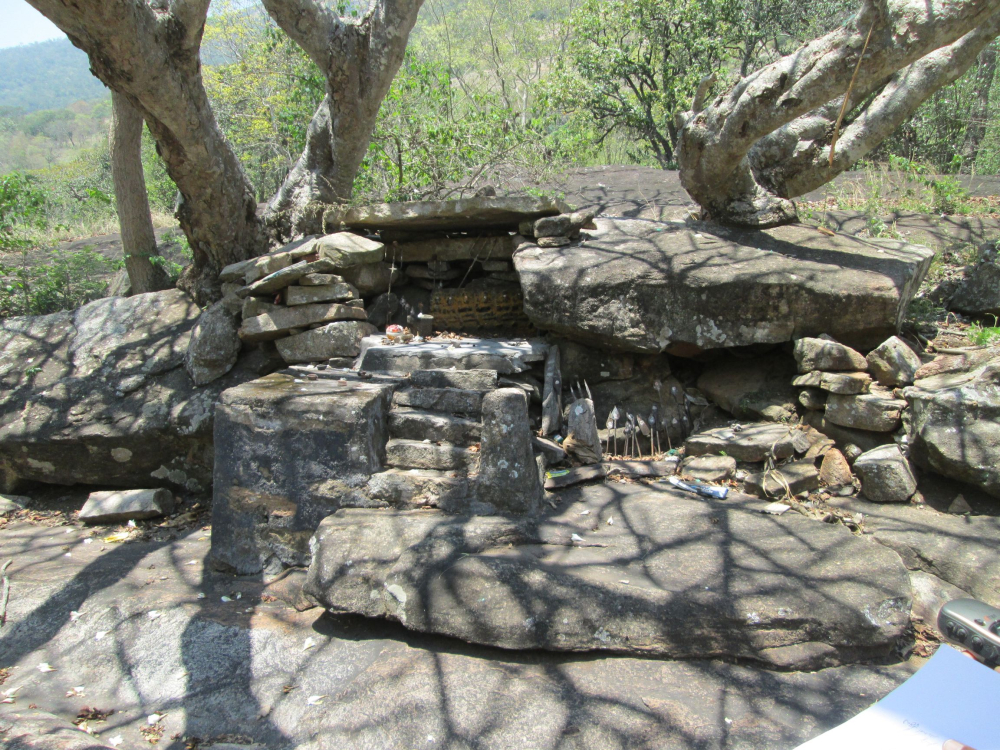
Fig. 19. Kannimara dolmen shrine, Idukki (Photo Courtesy: Varghese, 2015)
Megalithic monuments can also become the subject of local myths and legends. The author was part of the excavation team at Anakkara in 2009. Until the excavation, the rock-cut cave inside the stone circle was assumed to be a well by many of the local people. During the course of the excavation, many inhabitants narrated a story that had been passed down to them—according to legend, the rock-cut cave was the entrance to an underground tunnel. The monument had been vandalised by non-local construction workers a week before the excavation, because they had believed there would be treasure inside. This illustrates the variety of ways in which the public can approach a single monument.
Drawing meaning from stone
There is a tendency in studies of this region’s history to prioritise textual sources over archaeological ones. For instance, Tamil Sangam poetic texts form the basis for most studies on early social formation in the region. The most prevalent view is that the whole of Tamilakam (the modern states of Tamil Nadu and Kerala) exhibits more or less uniform features. It is held that Tamilakam consists of five types of landscape ecosystems, or tinais, that have characteristic produce, environmental correlates, behavioural patterns, deities and modes of occupation. An independent examination of archaeological sources leads us to certain other lines of enquiry that go beyond such macro-regional characterisations. For instance, carnelian beads were found as burial goods at megaliths; their presence allows us to determine that a particular site was located within the long-distance exchange networks of the period. Another example is the archaeological field survey conducted by Shinu Abraham in the Palghat Gap, in which she documented numerous megalithic clusters and other sites, along with a body of ceramics.[xvii] Through her micro-regional analysis, Abraham was able to suggest intra-regional variabilities that were related to the differential involvement of communities in the trade and communication activities that operated through the Gap. In addition to generating insights on how ancient peoples perceived and responded to death, archaeological studies of the megaliths allow us to consider different aspects of their lives, such as their technological expertise, occupational activities and how they related to their immediate landscapes. Hence, it is important to understand archaeological sources as a primary body of evidence, not just as corroborative or supplementary to texts. The different source categories should complement each other.
In our approach to megalithic monuments, we should also be careful not to allow modern assumptions to govern our interpretations. For example, the use of a monument as a temple in the present should not lead us to assume that it had the same function in the past. The same space or site may have been appropriated in different ways at different points of time. One should also be careful not to impose present notions of objects onto the past; for instance, the tendency to assign weaponry to men and ornaments to women. In the case of megaliths, this can lead to problematic characterisations of graves as male or female on the basis of burial goods. In the absence of bone or DNA evidence, such assumptions are premature.
Our knowledge of the megalithic culture of Kerala is limited because megalithic habitation sites have not yet been identified in the region. The only clear indication of human activity from the period, apart from the monuments themselves, has been obtained from the site of Anakkara, which has yielded evidence of quarrying of laterite near the megalithic monuments. Information on the monuments is also fragmented and sketchy. In many instances, when a site is reported, not much information is provided apart from the rough location of the site. This, complemented by recent drastic landscape alterations, has led to a loss of valuable potential information. Our current understanding of megalithic monuments and the societies that built them will be furthered by the detailed documentation of sites and their landscape contexts, complemented by theoretical approaches that seek to understand archaeology as an independent body of evidence, and not as secondary to texts.
Notes
[i] Gurukkal and Varrier, ed., Cultural History of Kerala Vol. 1.
[ii] George and Mehta, Megaliths at Machad and Pazhayannur.
[iii] Srinivasan and Banerjee, ‘Survey of South Indian Megaliths’, 103–15.
[iv] For more information, visit https://www.harappa.com/slide/burial-woman-and-infant-harappa
[v] Peter, ‘Dimensions of Megalithic Culture of Kerala.’
[vi] Gurukkal and Varrier, ed., Cultural History of Kerala Vol. 1.
[vii] Rajan, Archaeology of Tamil Nadu.
[viii] For more information, visit http://www.asithrissurcircle.in/excavations
[ix] Thapar, ‘Porkalam 1948: Excavation of a Megalithic Urn Burial’, 3–16.
[x] Mehta and George, Megaliths at Machad and Pazhayannur.
[xi] George, ‘Archaeology of Kerala (up to 1500 AD).’
[xii] Kumar and Ambily, ‘Megalithic Remains Excavated from a Cist Burial at Niramakulam’, 166–71.
[xiii] Joglekar et al., ‘A Preliminary Report on The Excavation at Marayoor, Idukki District, Kerala (2011–12)’, 167–82.
[xiv] Sharma, ‘Rock Cut Caves in Cochin’, 93–115; Peter, ‘Dimensions of Megalithic Culture of Kerala’; Abraham, ‘Applying Anthropological Models of Social Complexity to Early Tamilakam’, 1–19; Varghese, Interpreting the Ritual Complex of Nasranikunn; Jaseera, ‘Iron Age-Early Historic Archaeology of the Lower Periyar Valley, Kerala’, 85–101.
[xv] Babington, ‘Descriptions of Pandoo Coolies in Malabar’.
[xvi] ibid
[xvii] Abraham, ‘Applying Anthropological Models of Social Complexity to Early Tamilakam’, 1–19.
Bibliography
Abraham, Shinu A. ‘Applying Anthropological Models of Social Complexity to Early Tamilakam: The Palghat Gap Survey.’ The Journal of the Centre for Heritage Studies 1, (2004): 1–19.
Babington, J. ‘Descriptions of Pandoo Coolies in Malabar.’ Transactions of the Literary Society of Bombay 3, 1823: 324–30, reprinted in AdhAram: A Journal of Kerala Archaeology and History 1, (2006): 6–16.
Gurukkal, Rajan and Raghava Varrier, eds. Cultural History of Kerala Vol. 1. Thiruvananthapuram: Department of Cultural Publications, Government of Kerala, 1999.
George, K.M. ‘Archaeology of Kerala (up to 1500 AD).’ PhD thesis, M.S. University, Baroda, 1975.
Jaseera, C.M. ‘Iron Age–Early Historic Archaeology of the Lower Periyar Valley, Kerala.’ Man and Environment 41, no. 2 (2016): 85–101.
Joglekar, P.P., Nikhil N. Das, R.K. Mohanty, Cyriac Jose, Midhun C. Sekhar, and Vinu Paul. ‘A Preliminary Report on the Excavation at Marayoor, Idukki District, Kerala (2011–12).’ Bulletin of the Deccan College of Archaeology 72–73, (2013): 167–82.
Kumar, Ajit, and C.S. Ambily. ‘Megalithic Remains Excavated from a Cist Burial at Niramakulam, District Pathanamthitta, Kerala.’ In Megalithic Culture of South India, edited by. K.N. Dikshit and Ajit Kumar, 166–71. New Delhi: Indian Archaeological Society, 2014.
Mehta, R.N., and K.M. George. Megaliths at Machad and Pazhayannur, Talappally Taluka, Trichur District, Kerala State. Baroda: M.S. University, 1978.
Peter, Jenee. ‘Dimensions of Megalithic Culture of Kerala in Relation to Peninsular India: An Interdisciplinary Approach.’ PhD thesis, M.S. University, Baroda, 2002.
Rajan, K. Archaeology of Tamil Nadu (Kongu Country). Noida: Book India Publishing Company, 1994.
Rajesh, K.P. Mutumakkathazhi: Irumpuyuga Mahashilasmarakangalude Katha. Kottayam: Sahitya Pravarthaka Co-operative Society, 2014.
Sathyamurthy T. The Iron Age in India: A Report on Mangadu Excavation. Thiruvananthapuram: Department of Archaeology, Government of Kerala, 1992.
Sharma, Y.D. ‘Rock Cut Caves in Cochin.’ Ancient India 12, (1956): 93–115.
Srinivasan, K.R., and N.R. Banerjee. ‘Survey of South Indian Megaliths.’ Ancient India 9, (1953): 103–15.
Thapar, B.K. ‘Porkalam 1948: Excavation of a Megalithic Urn Burial’, Ancient India 8, 1952: 3–16.
Varghese, Rachel A. Interpreting the Ritual Complex of Nasranikunn: A Study of a Megalithic Complex in Central Kerala. (Limited Monograph) Cadernos de Quaternário e Pré-História, Série Arqueologia, Number 12, 2012.
